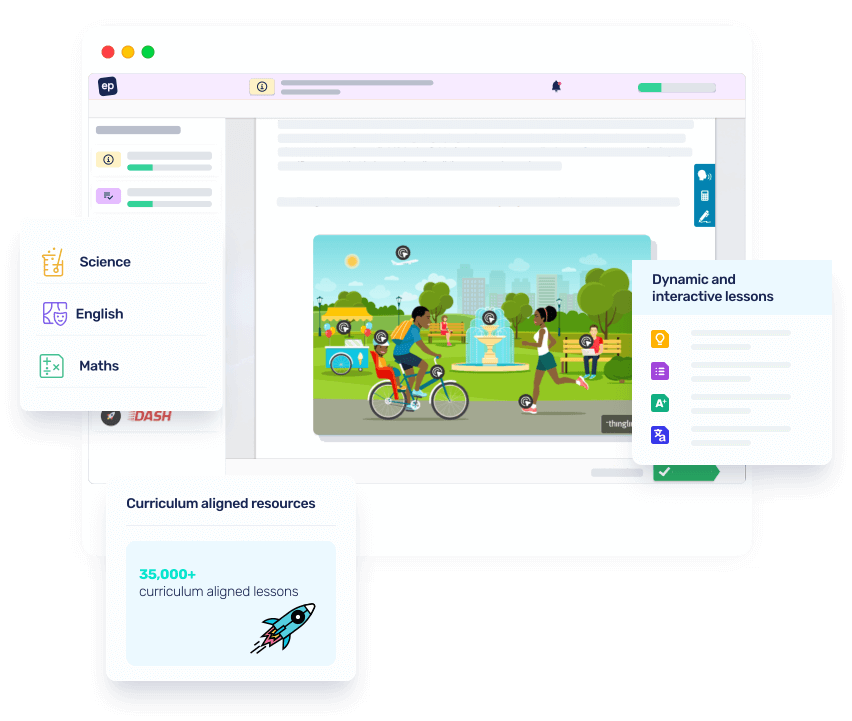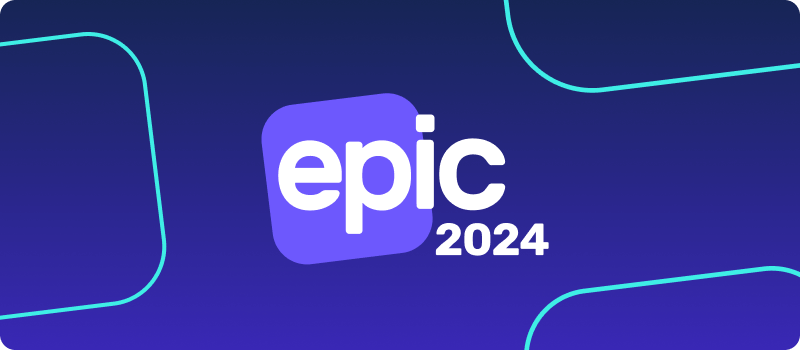The role of digital consolidation in independent schools

The daunting range of EdTech now available to independent schools poses significant challenges. Navigating multiple platforms can become overwhelming for students, financially straining for operations, and time-consuming for teachers. Streamlining EdTech through a consolidated platform, that is correctly implemented, provides schools with a simpler, user-friendly solution.
The benefits of consolidated resources
Consolidated EdTech platforms streamline administrative processes, offering a simplified solution for common educational challenges. From lesson planning to assessment tracking, a consolidated platform eliminates the need for disparate systems, saving valuable time and resources for educators and administrators.
Effective collaboration and communication are essential pillars of a successful educational institution. Consolidated digital platforms facilitate seamless communication among stakeholders, including teachers, students, parents, and administrators. A single, collaborative space can also foster a sense of community and teamwork amongst students, leading to improved relationships and outcomes.
One of the most significant advantages of consolidated digital platforms is their ability to support personalised learning experiences for every student. By collating data, these platforms can tailor instruction to meet the unique needs and learning styles of students. From differentiated assignments to personalised feedback, students receive targeted support that maximises their learning potential.
The challenges of implementation
While the benefits of a consolidated digital platform are clearly outlined, its implementation can present its own unique set of challenges.
One of the primary obstacles to adoption is resistance to change. Transitioning to a new digital platform requires training and support to ensure that educators feel confident in the new system. Principals must invest in professional development opportunities and provide ongoing support for any concerns that arise during the implementation process.
With the increasing reliance on digital technologies comes the heightened concern for data security and privacy. Continuous compliance with the platform’s data privacy regulations can address this concern.
Integrating a consolidated digital platform with existing processes can be a complex undertaking. Compatibility with other educational tools used in the school should be evaluated prior to integration. This may require collaboration with external vendors to customise the platform to your specific needs.
Ultimately, the benefits of consolidated platforms are vast, offering streamlined efficiency, enhanced collaboration, and personalised learning experiences for all students. While initial adoption may present challenges, with careful planning and support, independent schools can enhance teaching practices and empower students. As schools continue to embrace digital innovation, consolidated platforms are positioned to transform independent education in New Zealand and beyond.
Interested in learning more?
If you’d like to dive deeper into this topic, download Education Perfect’s (EP) latest whitepaper: “The Modern Hierarchy of EdTech Needs”. This whitepaper explores the school journey of EdTech adoption, the benefits and limitations of evolving tech, and the future of consolidated digital resources.
To read the whitepaper, click here.
Feeling EPIC?
Eager to learn more about the power of classroom EdTech? Join EP’s 2024 online Education Perfect Innovate & Collaborate (EPIC) week! From 13 May to 17 May, we’ll be hosting free, expert-led sessions exploring how to drive student progress with Artificial Intelligence (AI), track growth, personalise learning, and more!
Register here to attend.





